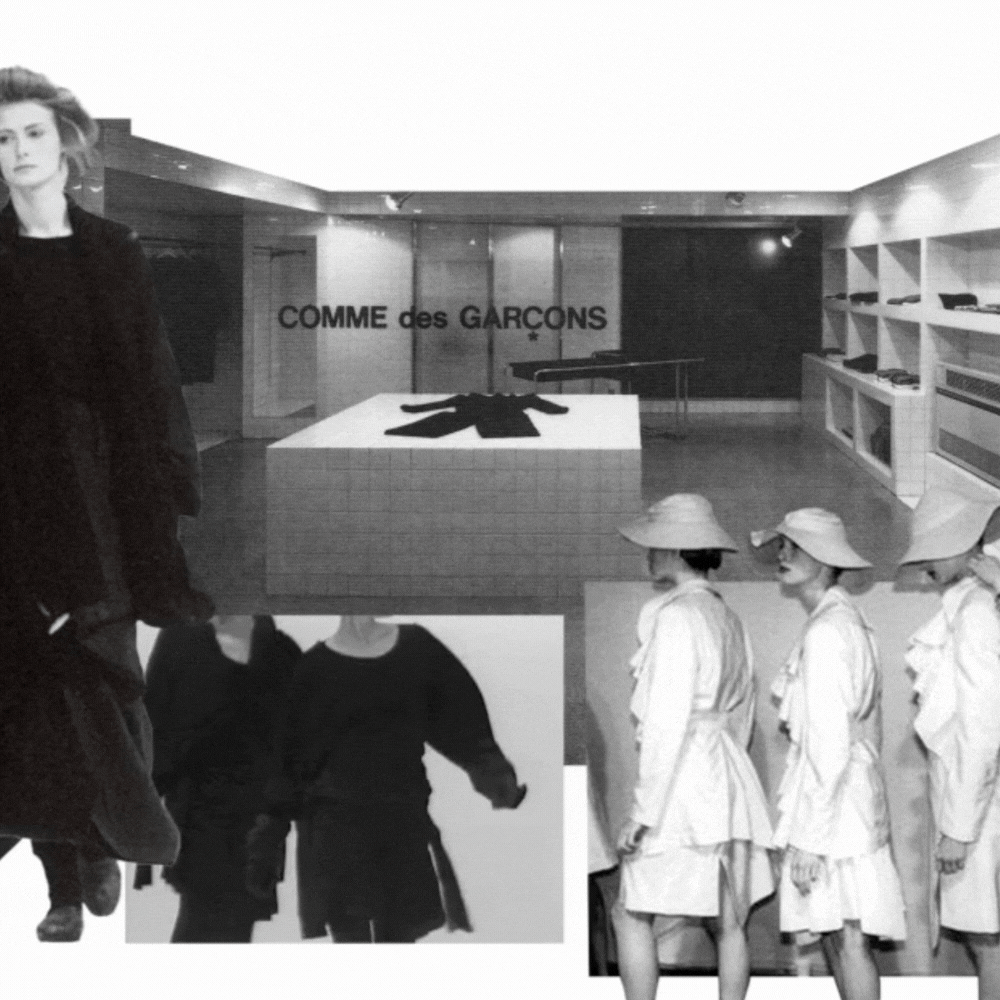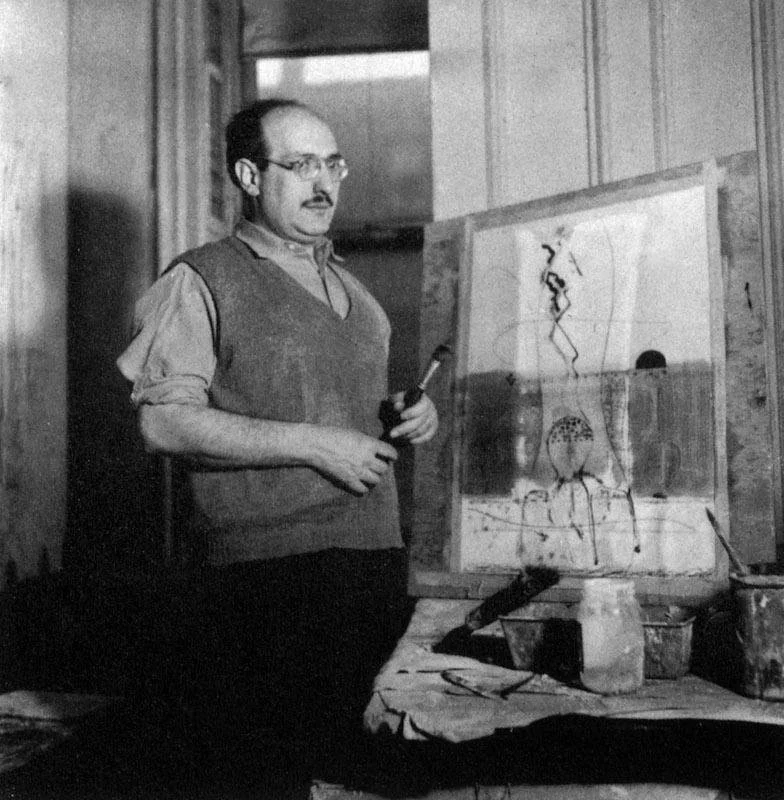The Architecture of Intent
A Critical Lexicon
This collection of studies is the intellectual architecture of Post-Luxury Conceptual Functional Art (PLCFA).
The true artistry of this Maison resides not in the finished form, but in the rigorous thinking that precedes it. These essays serve as the conceptual foundation for PLCFA, using a critical lens to interrogate cultural phenomena, art history, and consumer paradigms—analyzing everything from the ephemeral spectacle of luxury to the pure architectural rigor of abstract principles.
This is an invitation into the workshop of the mind. By sharing this process, we validate the necessity of a new category of value and invite you toward a well-considered life, one founded on true craft, uncompromising narrative, and durable meaning.
New to PLCFA? Begin with Essential Reading below.
Exploring a specific area? Navigate by category.

The TÓPA Intervention: A PLCFA Matrix Analysis of Moral Weight and Functional Endurance in the Polo Ralph Lauren Sphere
In the contemporary luxury landscape, value is often trapped in the Zero-Sum Pivot—a recursive economic loop where capital exchange generates no new cultural value, only the redistribution of existing status markers. The luxury object risks becoming a mere token of access, suffering from Semantic Decay if its cultural signifiers are hollow or severed from their source. The PLCFA (Proprietary Luxury Critical Functional Analysis) Matrix posits that true luxury requires Functional Endurance, defined not just as material durability but as the durability of the meaning encoded within the object. The TÓPA collaboration, framed within the Polo Ralph Lauren Sphere, demands rigorous interrogation because it attempts to rupture this zero-sum logic by moving from the performative representation of heritage to a verifiable index of Moral Weight Per Material (MWPM).
The investigation must determine if this collaboration represents a genuine pivot toward Design with Intent, or if it is merely the Spectacle absorbing its critics, a phenomenon explored in The Missing Mass. By explicitly grounding its aesthetic in Oceti Sakowin cultural craft and tethering its economic output to the Thunder Valley CDC’s Lakota Language Initiative, the project provides a measurable case study in MWPM Maximization. We dissect the material bifurcation—from the mass-produced Intarsia Knit to the high-MWPM Hand-Beaded Accessory—to evaluate how the collaboration directly converts consumer capital into crucial cultural capital, achieving a Functional Luxury Object that sustains the very culture it celebrates.

Carol Christian Poell: The Alchemical Designer, Post-Luxury's Radical Critique of Materiality and the Smooth Society
Carol Christian Poell stands not merely as an avant-garde designer, but as a critical theorist whose chosen medium for philosophical inquiry is the garment. This study positions him as the definitive Philosophical Architect of the Post-Luxury world, whose entire body of work—from the visceral reality of blood-tanned leather to the anatomical disruption of the Spiral Pants—is a sustained argument against the Hyperreality of mainstream luxury. He rejects the frictionless aesthetic of the "Smooth Society" by demanding endurance from the wearer (the Drip Sneaker) and delivers his critique through industrial alchemy: a methodology that uses injected dyeing to expose the material's vascular networks and employs the grotesque to reject sanitation. We explore how Poell transforms fashion from a disposable commodity into a potent site of political and material inquiry, proving that the object's true worth resides in the difficult, non-transferable history of commitment co-created by the wearer over time.

Rei Kawakubo and the Critique of Fashion as Conceptual Art
To categorize Rei Kawakubo as a mere "fashion designer" is a fundamental failure of language. Her life’s work is not a sequence of collections, but a sustained, totalizing critique delivered through the medium of the garment. This study traces her journey as a Philosophical Architect who relentlessly challenged the fashion system’s core tenets: the hollow worship of novelty, the arbitrary definitions of luxury, and the commodification of the human form. Through her radical 1982 "Destroy" collection, the conceptual warfare of the 1997 "Lumps and Bumps," and the creation of Dover Street Market, Kawakubo established the foundational anti-fashion lineage for the entire Post-Luxury sensibility. Her ultimate creation is an inhabitable universe where value is based on concept, function is defined by critique, and the only true object of affection is the one that forces intellectual engagement.

Why Marine Serre’s Upcycling Is Not A Trend
Is sustainability a hyperreal gesture, or is radical change possible? This critical study challenges the conventional fashion narrative by defining Marine Serre not as a designer, but as the world's first true Artisan-as-Industrialist. We dive into the profound philosophical conflict at the heart of luxury: the easy, frictionless sign of change versus the difficult, material act of industrializing a solution. Serre cracked the most difficult nut in the business by demonstrating how to scale authenticity, making her Eco-Futurism a structural and financial blueprint. By explicitly rejecting the volume and velocity that causes Systemic Exhaustion , she engineered a new savoir-faire rooted in regeneration and the Aesthetics of Endurance. We analyze her acts of radical transparency—from the upcycled bedding campaign to the 1.3 tons of textile waste on the runway—to prove that her brand's crescent moon logo is not an arbitrary symbol, but an indexical sign of genuine, industrialized labor. This is the definitive thesis on why her model defines the Post-Luxury future and answers the question of value in the age of the circular economy.

Hiroshi Fujiwara and the Architecture of Post-Luxury Influence
A groundbreaking analysis of Hiroshi Fujiwara as a cultural architect whose work transcends design to reveal a new blueprint for influence. This study, Hiroshi Fujiwara and the Architecture of Post-Luxury Influence, dissects how his career reframed value by replacing empire with intentionality, spectacle with discretion, and inheritance with earned authority. We propose that Fujiwara's Fragment Design lightning bolt functions not as a traditional logo but as a monogram of philosophy—a structural element in a new paradigm of Post-Luxury Conceptual Functional Art. This work is essential reading for anyone seeking to understand the unseen forces shaping contemporary culture.

Mark Rothko's Custodial Strategy: Narrative Control as Post-Luxury Conceptual Functional Art
Mark Rothko's genius wasn't just in his color, but in his refusal. His entire artistic career functioned as a deliberate act of philosophical protest against the art market's relentless commodification. He didn't just paint canvases; he engineered encounters designed to be intimate, confrontational, and transcendent. This report dissects Rothko's radical moves—from his dramatic exit from the lucrative Seagram Murals to his precise, non-negotiable curatorial directives, as a strategy of narrative control. This controlling stewardship over ownership is not merely a historical footnote; it establishes his work as the ultimate case study for the principles of Post-Luxury Conceptual Functional Art (P.L.C.F.A.), validating art's profound emotional utility over its price tag.

The New Avant-Garde: Deconstructing Status and Utility in the Age of Post-Luxury
In the realm of global commerce, an ancient contract has finally been broken.
For a century, the gilded façades of luxury promised permanence, rarity, and status through price. That promise has been hollowed out—by relentless scale, ethical opacity, and the exhaustion of the logo. We stand at a cultural inflection point where the question is no longer what does it cost? but what does it mean?
Into this vacuum emerges The New Avant-Garde: a powerful, polyphonic movement of global makers crafting Post-Luxury Conceptual Functional Art (P.L.C.F.A.). These are not commodities designed for disposal, but vessels of memory and gestures of permanence. They are objects that elevate story over material, connection over exclusivity, and authenticity over image.
This is the definitive study of a structural collapse and the quiet, profound transformation it has yielded—a look at the thinkers, artists, and ateliers, from Kyoto to Cape Town, who are insisting that the future of value lies not in scarcity, but in resonance, and that the ultimate luxury is a meaning made tangible.

The Fluidity of Form: How Iris van Herpen is Rewriting the DNA of Haute Couture
In a world where fashion often feels constrained by its own heritage, Iris van Herpen is a visionary who dares to rewrite its very code. She doesn't simply design garments; she sculpts a new reality where the boundaries between biology, architecture, and technology dissolve into a sublime whole. Her groundbreaking creations, from 3D-printed liquid forms to gowns grown from mycelium, are not just clothing but living manifestos that challenge our perception of what a garment can be. This essay explores how van Herpen’s relentless pursuit of metamorphosis has launched haute couture into a new, boundless dimension where form is always in a state of flow.

The Architect of the Unlined Suit: A Study on Giorgio Armani
In a world defined by stiff tradition, Giorgio Armani ushered in a quiet revolution. He was a visionary who didn't simply design clothes; he sculpted a new architectural language for the body, a breathtaking rebellion against the rigid structure of the suit. From his initial act of defiance to the global empire he built, Armani's life was a singular, relentless pursuit of a vision that would forever redefine the very essence of modern elegance. This is a comprehensive study of a pioneer who didn't just dress people, but also actively shaped global culture and aesthetics.

The Queen of the Curve: Designing the Future of Architecture
In the rigid geometry of the built world, Zaha Hadid arrived not to design a structure, but to sculpt a new lexicon of form and space. She was an architect who did not simply build; she created a kinetic ballet in concrete, steel, and glass, a breathtaking rebellion against the straight line. From the ancient cities of Baghdad that first inspired her to the global stage she commanded, Hadid's life was a singular, relentless pursuit of a vision that would forever redefine the very essence of the built world. This is the comprehensive study of a pioneer who did not just design buildings, but actively shaped the future of culture and aesthetics on a global stage.
